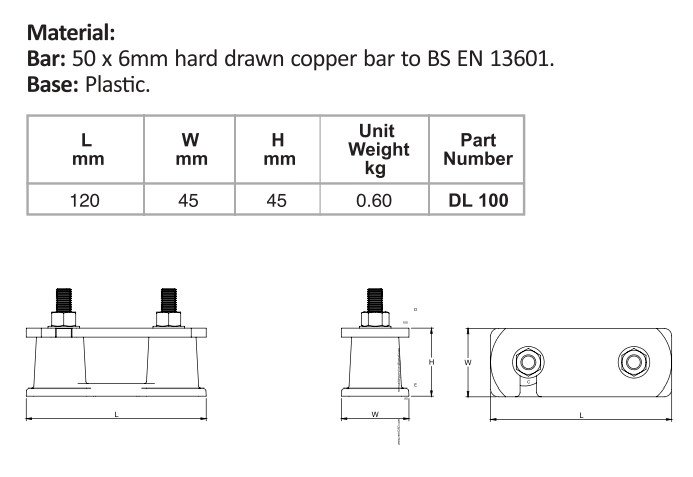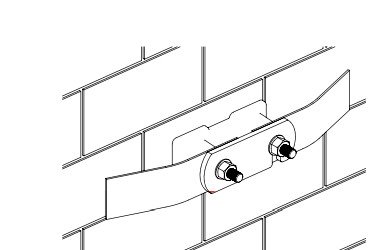Disconnecting LInk
Disconnecting links are vital components in electrical systems, serving a key function in the maintenance and testing of grounding systems. They provide a controlled means of disconnecting a specific segment of an electrical system from its grounding point. This temporary disconnection is crucial for several reasons:
Inspection and Testing: Disconnecting links allow for the isolation of individual Earth Rods or sections of the grounding system. This isolation is essential for technicians to perform thorough inspections and tests. By temporarily breaking the connection to the earth, technicians can evaluate the performance and effectiveness of each Earth Rod without disrupting the overall electrical continuity.
Safety: In any electrical system, maintaining the integrity and safety of the grounding system is paramount. Disconnecting links help ensure that maintenance and testing procedures do not compromise the system’s overall safety. They enable technicians to work on specific parts of the grounding system while maintaining the safety of other areas.
Maintenance Efficiency: Regular maintenance and troubleshooting are necessary to ensure that the grounding system continues to function effectively. Disconnecting links streamline these processes by allowing targeted isolation. This means that issues can be addressed and resolved without the need to shut down the entire system, thus minimizing downtime and operational disruptions.
Compliance with Standards: Electrical systems must adhere to specific standards and regulations to ensure safety and reliability. Disconnecting links facilitate compliance by enabling precise testing and verification of each component. This ensures that the grounding system meets required standards and functions as intended.
Versatility: Disconnecting links are used in various applications, including residential, commercial, and industrial electrical systems. Their versatility makes them an essential tool for electrical engineers and maintenance professionals working in diverse environments.
In summary, disconnecting links are crucial for the effective management of grounding systems. They enhance safety, efficiency, and compliance by allowing for targeted inspections, testing, and maintenance. Their role in isolating specific components ensures that the grounding system remains reliable and performs optimally across various electrical applications.




